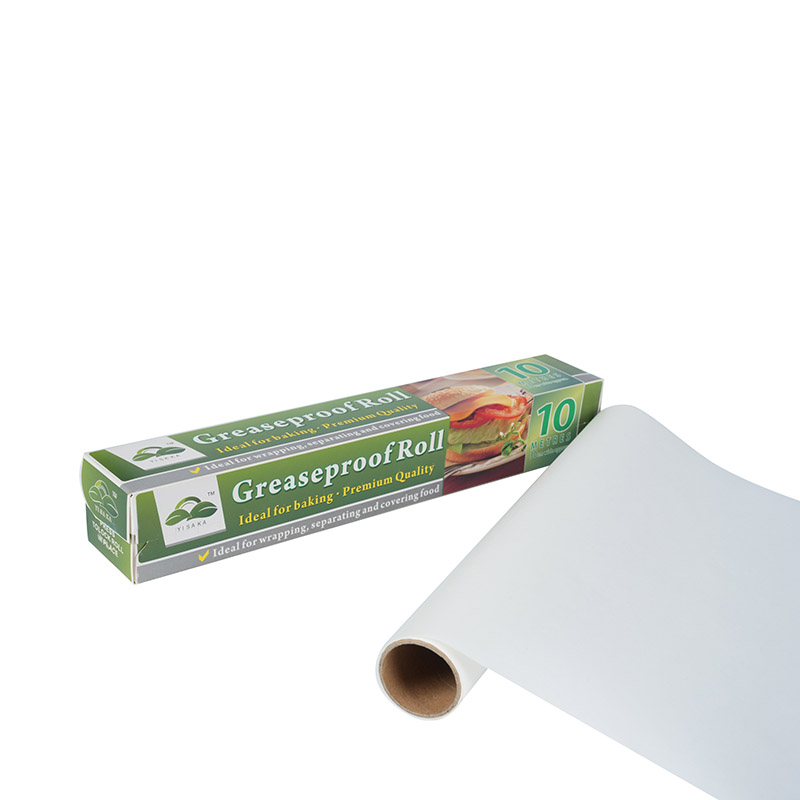The Origins of Greaseproof Paper
The concept of greaseproof paper dates back to the late 19th century when industrial advancements began transforming the paper manufacturing process. Prior to its invention, people relied on basic parchment or untreated paper to wrap food, which often led to messy results due to oil absorption. The need for a durable, non-absorbent material became apparent as the demand for convenient food packaging grew.
In response, manufacturers developed techniques to compress wood pulp into dense sheets, creating the first iterations of greaseproof paper. By tightly packing cellulose fibers during production, they achieved a paper that was naturally resistant to oils and fats. This breakthrough laid the foundation for modern greaseproof paper, which would later evolve with chemical treatments and coatings to enhance its properties.
The Evolution of Manufacturing Techniques
Over the decades, the production methods for greaseproof paper have undergone significant refinement. Early versions were relatively rudimentary, relying solely on mechanical compression to achieve grease resistance. However, as technology advanced, new approaches emerged to improve both performance and versatility.
One key development was the introduction of silicone coatings, which provided an additional layer of non-stick functionality. This innovation made greaseproof paper particularly appealing for baking applications, where sticking and tearing could ruin delicate pastries or cookies. Another milestone came with the use of heat-resistant materials, allowing greaseproof paper to withstand higher temperatures without compromising its integrity.
Today, many manufacturers prioritize sustainability in their production processes. For example, some companies now utilize chlorine-free bleaching methods to reduce environmental harm. Others are experimenting with plant-based alternatives to traditional coatings, aiming to create biodegradable options that align with eco-conscious consumer preferences.

Why Greaseproof Paper Is Essential Today
In our fast-paced, convenience-driven world, greaseproof paper continues to play a critical role in countless scenarios. Here are just a few examples of its modern-day uses:
Baking and Cooking : Greaseproof paper is a lifesaver for home cooks and professional chefs alike. It eliminates the hassle of greasing pans and trays, ensuring even cooking and effortless cleanup. Whether you're roasting vegetables, baking brownies, or making meringues, this versatile material delivers consistent results every time.
Food Packaging : In restaurants, cafes, and takeout establishments, greaseproof paper helps maintain cleanliness and hygiene. Wrapping burgers, fries, and sandwiches in greaseproof paper prevents oil from leaking onto surfaces or hands, enhancing the overall dining experience. Additionally, it provides a protective barrier in composite packaging solutions, such as cardboard boxes lined with greaseproof paper.
Crafting and DIY Projects : Beyond culinary uses, greaseproof paper has found a niche in creative pursuits. Artists use it to protect workspaces during messy projects like painting or resin casting. Its smooth surface also makes it ideal for stenciling, tracing designs, or creating custom templates.
Industrial Applications : On a larger scale, greaseproof paper is employed in various industrial settings. For instance, it serves as a release agent in the production of adhesives, rubber, and composites. Its ability to resist sticking ensures smooth operations and high-quality outputs.


 English
English русский
русский










